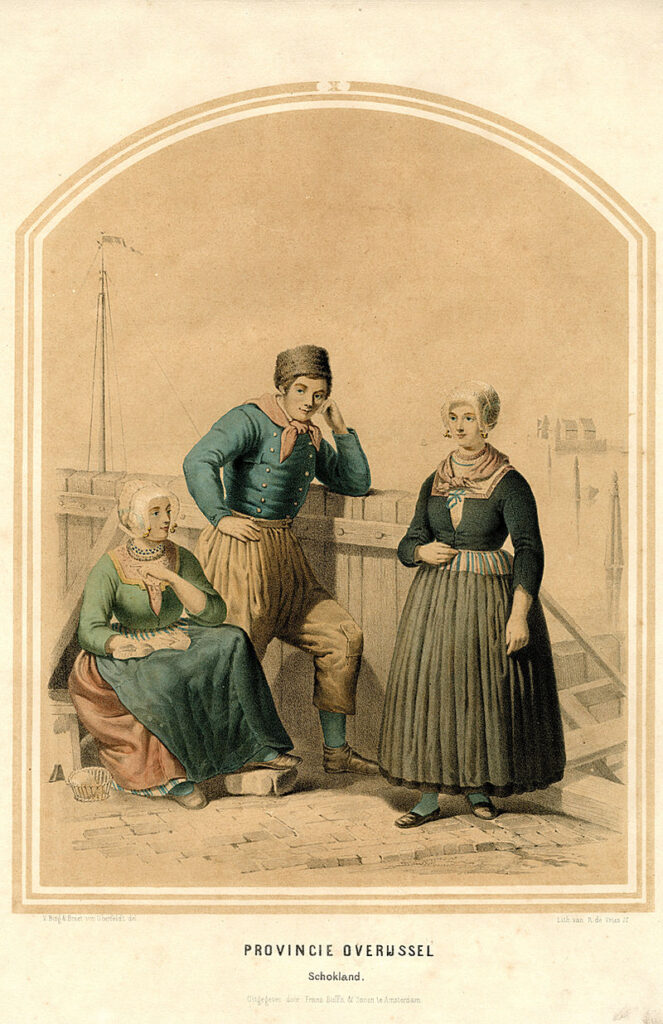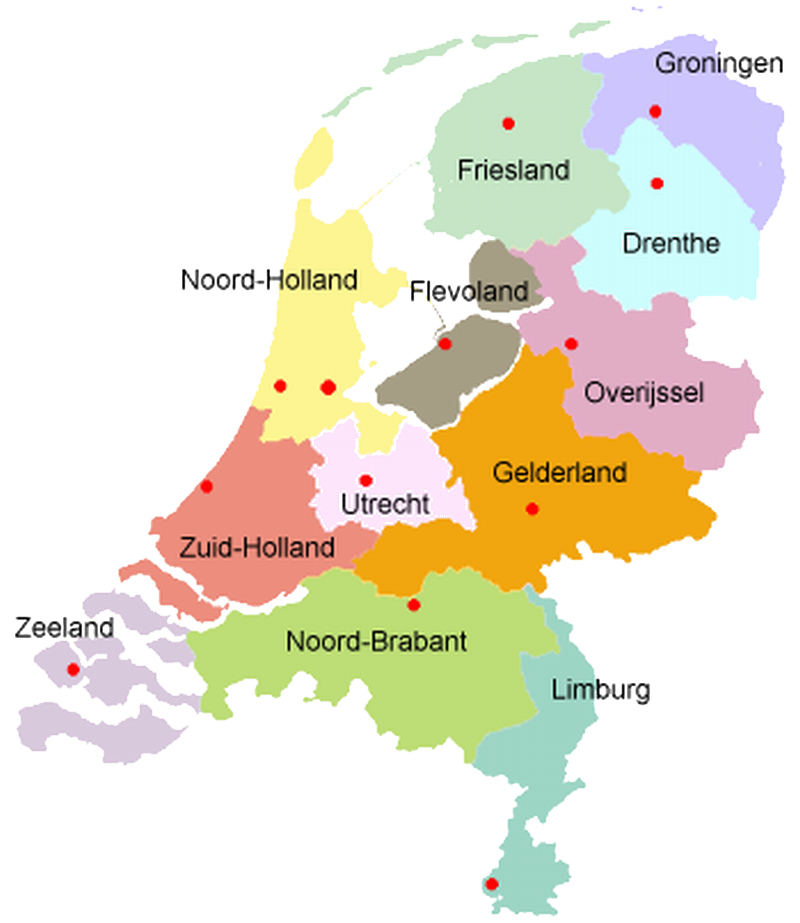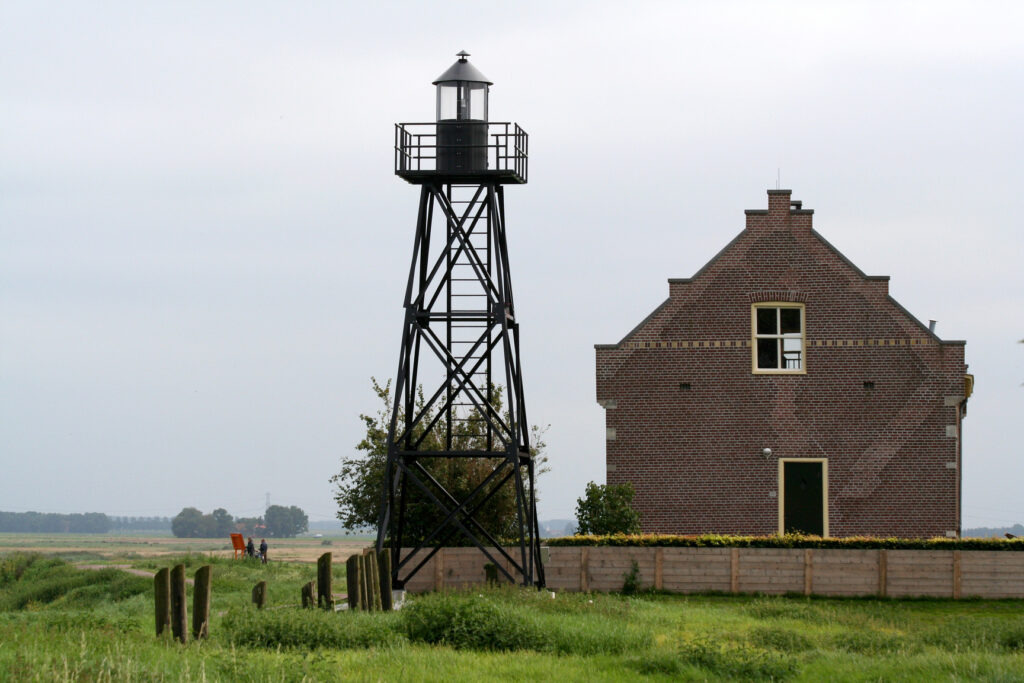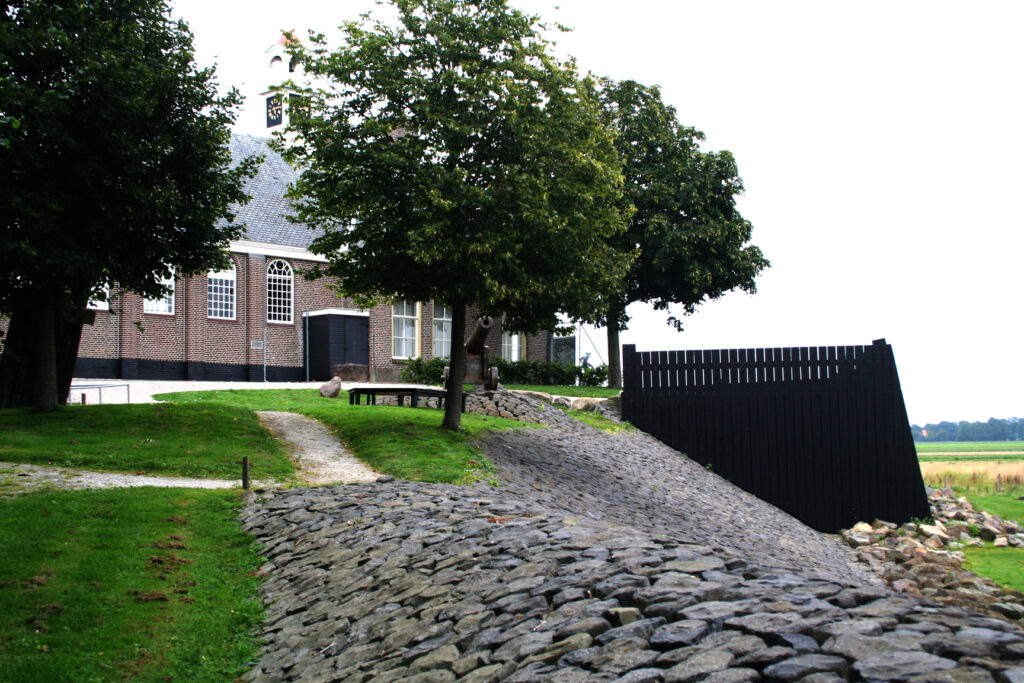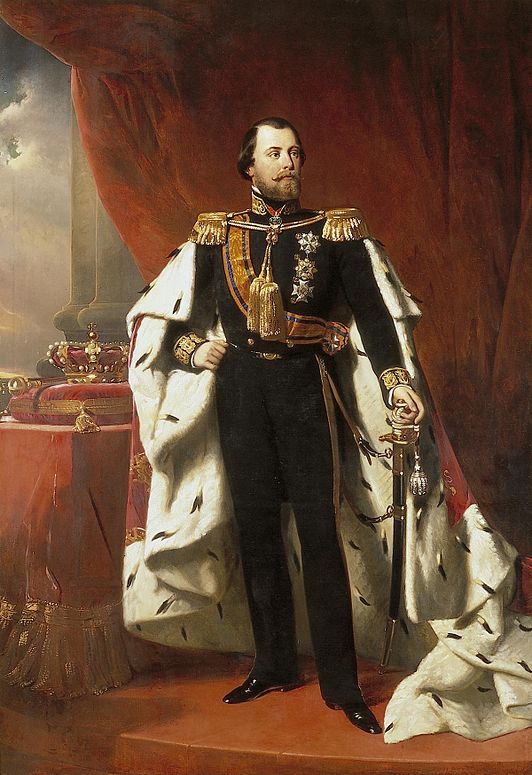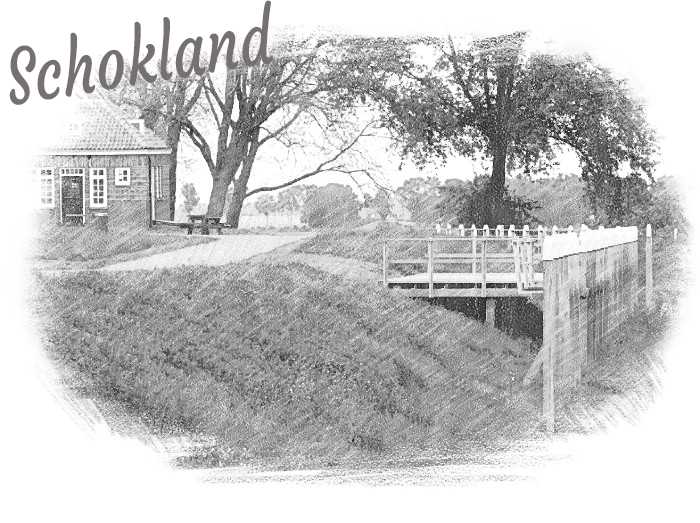
The history of Schokland is deeply intertwined with the relentless battle against the elements. For centuries, the people of Schokland faced the constant threat of flooding from the unpredictable waters of the Zuiderzee. Yet, they clung to their land, building protective dikes and embankments, and creating a community that thrived amidst adversity.
In the 19th century, as the dangers of flooding became increasingly evident, the Dutch government made the difficult decision to evacuate Schokland’s inhabitants, fearing for their safety. This marked a poignant chapter in Schokland’s history as its people were forced to leave their ancestral homes.
However, the spirit of Schokland endured. In the 20th century, the Dutch embarked on an ambitious land reclamation project, transforming the Zuiderzee into a freshwater lake, the IJsselmeer. Schokland, once again connected to the mainland, emerged from the waters.
Today, Schokland is a UNESCO World Heritage Site, a symbol of resilience and human determination. Visitors can explore its open-air museum, tracing the village’s history and experiencing the enduring spirit of its people.
Schokland’s history serves as a poignant reminder that even in the face of formidable challenges, human tenacity and innovation can overcome the most daunting of obstacles, allowing communities to thrive against all odds.

EATING mammoth
The first inhabitants arrived more than 10,000 years ago. During that cold period, our distant ancestors still encounter large Ice Age mammals, such as the woolly mammoth. They undoubtedly hunted this proboscis. Over time, the climate becomes milder and a water-rich landscape is intersected by rivers. Higher sand dunes are an attractive place to live. The river provides fish, waterfowl and fresh drinking water. Agriculture has also been practiced here 6500 years ago. Primitive farming communities have lived permanently in these places for 3,000 years. Then the landscape becomes so soggy due to rising groundwater that it becomes unsuitable for habitation. The prehistoric farmers move away to more dry soil. This swamp area is still sporadically visited by people.


MUSEUM SCHOKLAND
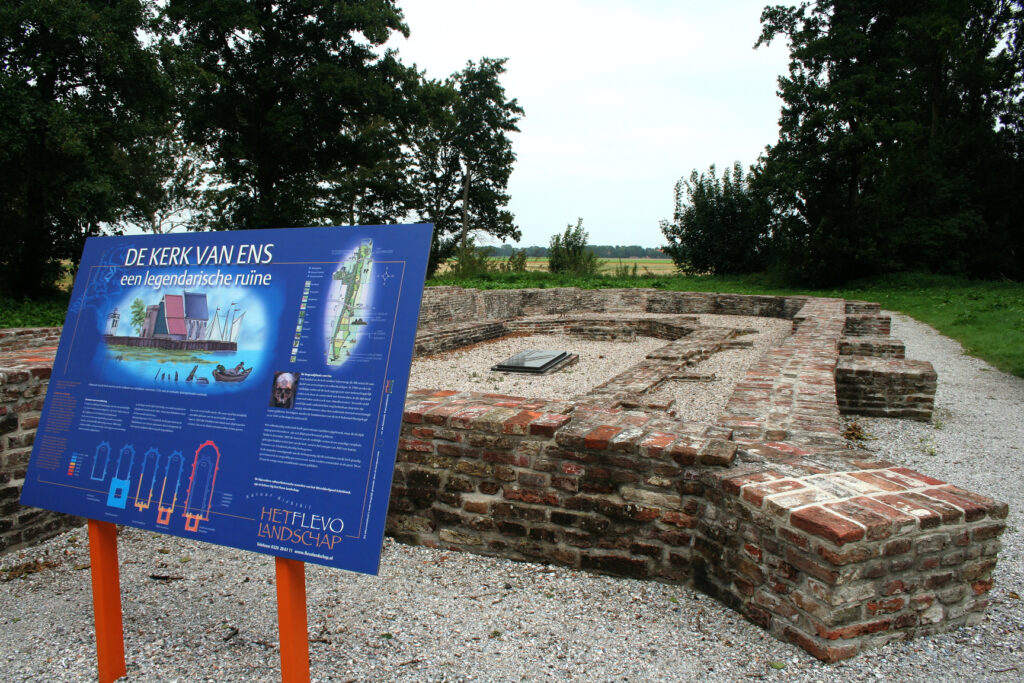
evacuated in 1859 by order of King Willem III
Until 1450, Schokland was still connected to the mainland and was therefore a peninsula. If that land connection is relinquished to the sea, the island of Schokland will be created in the Zuiderzee. In the centuries that follow, the islanders fight an almost hopeless battle against the water. Despite the construction of dikes and pile screens, pieces of land are constantly being lost. The residents retreat to a few artificial mounds. The island is getting smaller and smaller. In the 19th century, Schokland was still a narrow strip of land a few kilometers long. The danger of flooding, but also distressing poverty, prompted the government to take drastic measures.
In 1855 the Zuiderbuurt was evacuated because of the land exit. Due to the unsafe situation and because the maintenance of the island was too expensive, the entire island was evacuated in 1859 by order of King Willem III. The reason for the eviction was also poverty; There were regular collections for the Schokkers. Inbreeding on the island would also have played a role.In 1859 it was decided to evacuate Schokland. The residents have to leave their beloved homeland and settle on the mainland. It is becoming quiet on Schokland.
